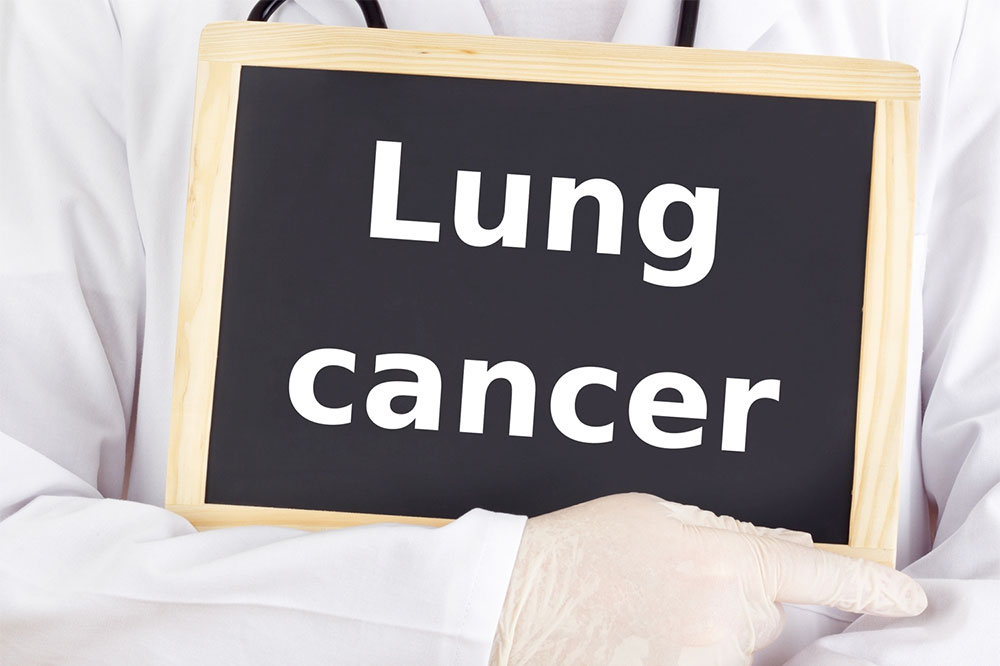
Lung cancer and its major causes, signs, and treatments
Cancer of the lungs occurs when the cells of this pair of organs start to uncontrollably multiply. Such a disease can cause breathlessness and can even spread to other organs of the body. The two main types of this disease are small and non-small cell lung cancers. Non-small cell lung cancer is a slow-growing type that develops over a period of time; on the other hand, small cell lung cancer grows more swiftly.
In this article, we take a deeper look into the various causes, signs and treatment to know about lung cancer.
Causes of lung cancer
Lung cancer can affect anyone, but a number of factors can increase one’s risk of contracting it. Some of these causes are
Inhaling toxic gases
People who are exposed to toxic gases or dangerous substances at their workplace are at a considerably high risk of being diagnosed with lung cancer. Such individuals may even acquire the disease even several years after exposure.
Smoking
People who smoke regularly are at the highest risk of getting affected by lung cancer. A majority of patients who have the disease are known to have a history of smoking. Tobacco contains various chemicals that damage the lungs and cause the development of this form of cancer. Even individuals exposed to secondhand smoke are at risk of developing lung cancer.
Radon exposure
Exposure to the radioactive gas radon, which is naturally present in soil, can also increase the risk of lung cancer in an individual. This gas can be present in homes built on soil that contains radon.
Particle pollution
This type of pollution comprises small liquid and solid particles present in the air. The chances of developing lung cancer can exponentially increase due to such pollution.
Family history
The likelihood of developing lung cancer considerably increases if the individually is genetically prone to this disease. If any of their immediate family members is suffering or has suffered from this condition, it is important to inform a medical practitioner.
Signs of lung cancer
There are no serious symptoms observed in the early stages of this disease. But as it progresses, some of the symptoms that have been reported are persistent cough that doesn’t tend to improve; presence of blood in the cough, even in trace amounts; breathlessness that suddenly occurs and starts affecting daily activities; pain in the chest and hoarsness in the throat; loss of body mass due to poor appetite; fatigue and weakness; lung infections such as pneumonia or bronchitis that don’t get better; and pain in the back, shoulders, and chest that gets worse when coughing or laughing.
A few of the rare symptoms that could also occur are pain while swallowing, swelling in the neck or facial area, and finger clubbing.
Treatment options
The treatment plan of lung cancer will depend on multiple factors, including the type, stage, location, individual preference and overall health of the patient. Some of the treatment options that can be used for this condition are
Surgery
This form of treatment is highly effective in the early stages, it involves eliminating the tumor and surrounding tissue from the lungs.
Radiation therapy
This form of lung cancer treatment involves the use of various types of radiation including high-energy X-rays to destroy malignant cells or prevent their further spread.
Chemotherapy
This treatment plan involves the use of certain medications that destroy the cancer cells or prevent them from multiplying.
Targeted therapy
Medications used in this form of treatment identify and destroy specific cancer cells.
Monoclonal antibodies
This treatment involves the use of immune system proteins created in a laboratory to recognize and destroy specific cancer cells.
Tyrosine kinase inhibitors
In this treatment, tiny molecular medications travel through the cell membrane of cancer cells to restrict signals needed to develop and multiply.
Immunotherapy
In this treatment option, the patient’s immune system is stimulated to destroy cancer cells and prevent their spread.




